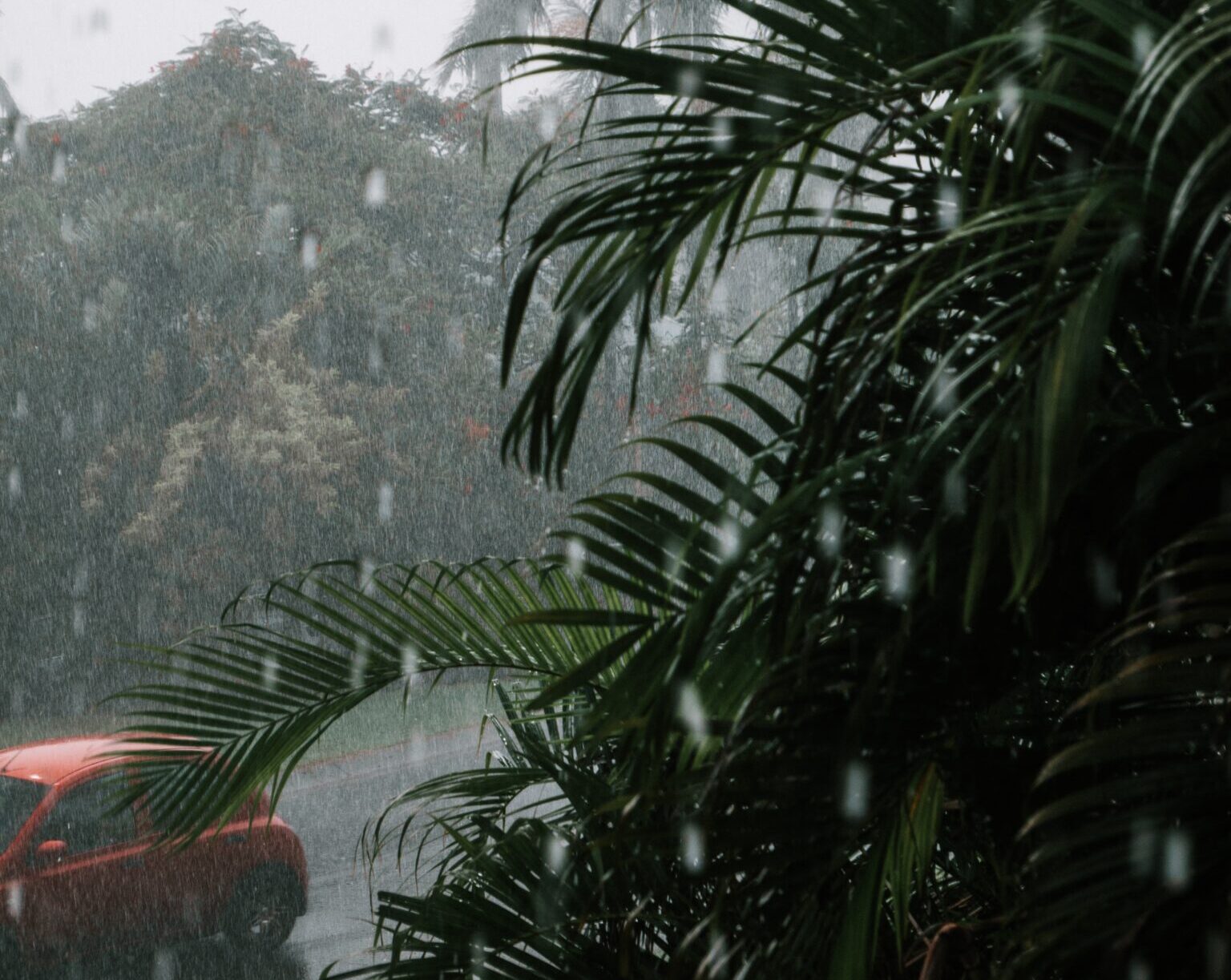
Top 10 ways to help your garden survive La Nina
Persistent, record-breaking extreme rain and flooding have made growing backyard food challenging for many Australians.
Along with splitting summer fruits, damaging soil and plants, and promoting rot, mould, slugs and other problems, it’s happening at a time when fresh produce is more expensive than ever.
With a third La Nina confirmed, gardens in eastern Australia can expect to be hammered by more of the same.
The challenge, says Tim Sansom, chief executive of The Diggers Club and gardening charity The Diggers Foundation, is that we’re much more conditioned to plan for water deficit than water surplus.
Gardeners, however, have one ace up their sleeve: time to prepare. Here’s how:
Raise and elevate your garden beds
Sansom, a qualified horticulturalist and environmental manager, recommends raising your garden beds to provide forced drainage. “The root zone is elevated out of the clay zone and water’s got somewhere to go,” he says.
Those with clay soils (which have small, tight granules prone to waterlogging and compaction) may want to fill beds with new, sandier soil.
Don’t have time to construct something yourself? There are many commercial planter products on the market including Foodcube advanced-design wicking beds. Anything you buy must have excellent drainage, Sansom says.
Pot up
Using the same principles of elevation, grow your plants in pots and use potting mix rather than garden soil. “Potting mix is designed to drain water,” Sansom says.
Be sure to remove the dish underneath to avoid waterlogging and promote drainage.
Another advantage of potted plants is you can control the amount of water going in. On days of extreme rain, move your potted plants under cover.
Grow indoors
The next step up is to grow indoors.
“You could go hydroponic,” Sansom suggests. “That’s a completely sealed artificial system.”
Alternatively, grow sprouts, micro-greens and other salad ingredients in a sunny spot indoors, such as a north- or west-facing window.
Prune fruit trees
Many subtropical fruits, like pawpaw, are well adapted to wetter climates. During a wet season, people in warmer southern climates could do well with such trees, Sansom says.
Stone fruits (such as plums, peaches and apricots), on the other hand, are particularly susceptible to mildew, brown rot and other rot diseases, he adds. “Those pathogens are promoted by wet, humid conditions.”
Introduce as much airflow and sunlight as possible with pruning. A dense canopy is a potential hotbed for moulds and mildews, Sansom says.
Go for an open vase shape, removing the top and any crossing branches to let in more light and air. When netting, avoid compacting the canopy and stifling airflow. This encourages rotting fruit.
Ideally, do your pruning in summer. This reduces the overall vigour of the tree.
Breed water babies
Go with the flow and favour plants that thrive in the wet. “Vietnamese mint will just power on,” Sansom says.
Other water babies include the mint family generally, watercress, spinach, silverbeet, peas, beans, perilla, tatsoi, Asian greens, taro, rhubarb, cranberries and blueberries.
Try out species robust to humidity and mildews, such as the Amish Deer Tongue lettuce, he suggests.
Opt for smaller, faster crops
Choose quick-turnover plants – like leafy greens, radishes and golfball-sized heirloom carrot varieties like Paris Market. The latter grows well in clay soils.
Some warm-season crops, like tomatoes, zucchinis and pumpkins are susceptible to mildew, Sansom says.
Outwit the problem by choosing small, faster-cropping varieties. “You might avoid some of the larger fruiting tomatoes or go for smaller pumpkins,” he suggests. “Anything cherry size and smaller will crop quickly and doesn’t take as much sun to ripen. You should get that crop through more safely than hanging onto a big beefsteak [tomato], which is going to have to sit there for ages, get water all over it and be a fungus trap.”
Cover up
Protect plants from hard rain with an enclosed environment such as a greenhouse or polytunnel.
However, you’ll still need good drainage at soil level.
Good airflow and ventilation are key. “Otherwise you could just create a mildew hotbox,” Sansom warns. It’s all about a well-designed structure, he says.
Ideally, propagation tunnels should have easily rolled-up sides and greenhouses should have doors that open fully.
Site for sun and height
If you haven’t yet set up your garden, “site it in as much sun as it can possibly get and somewhere where there’s a slight slope so water is going to move away from it”, Sansom says. Avoid planting in low-lying areas.
“When the sun comes out it’s pretty powerful. It will actually do a lot of drainage work for you and pull water out of the plants through evapotranspiration.”
Control slugs and snails
Also, don’t site plants too close to shrubs: they offer great hiding and breeding spots for slugs and snails, which are particularly prevalent in wet seasons, Sansom says.
Raising beds and pots is a good way to put a barrier between the pests and your crop. “A slug doesn’t like going across anything flat and open,” he says.
Source: Domain